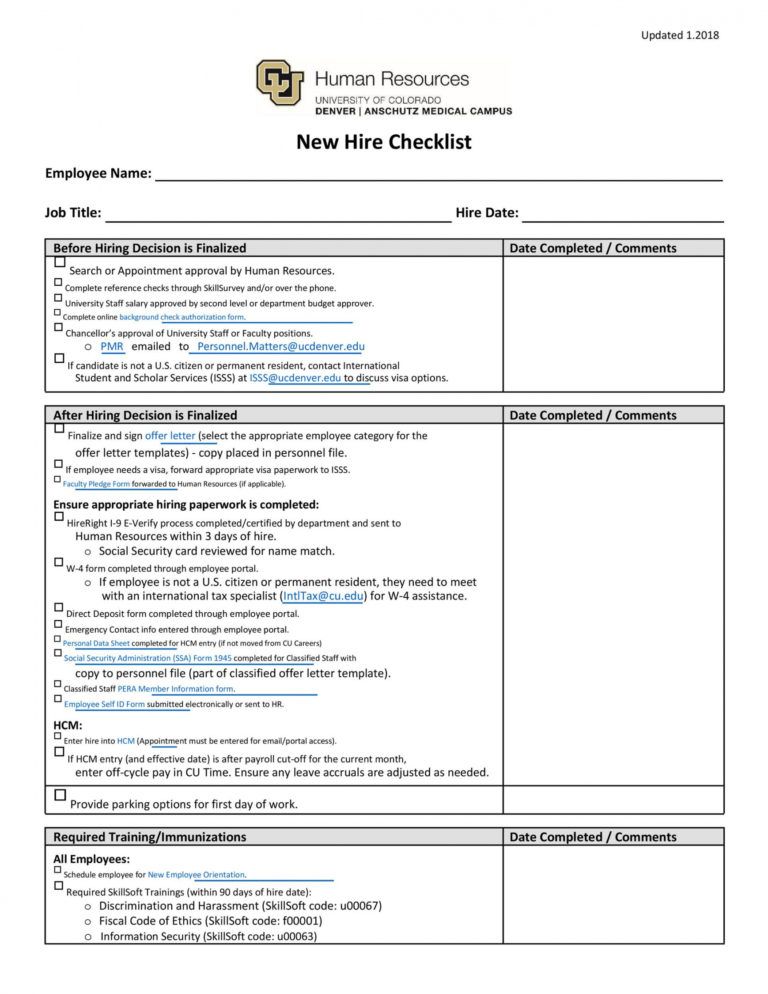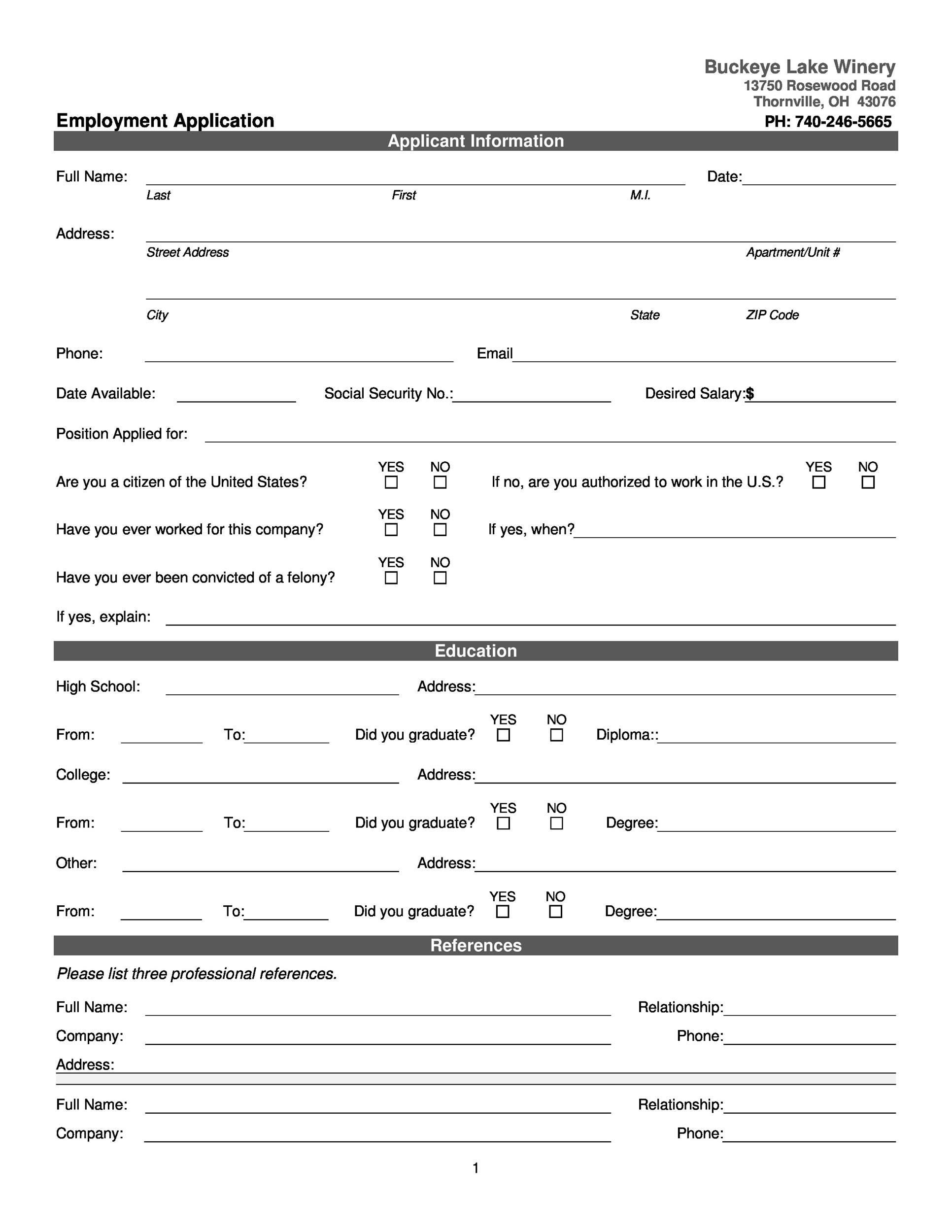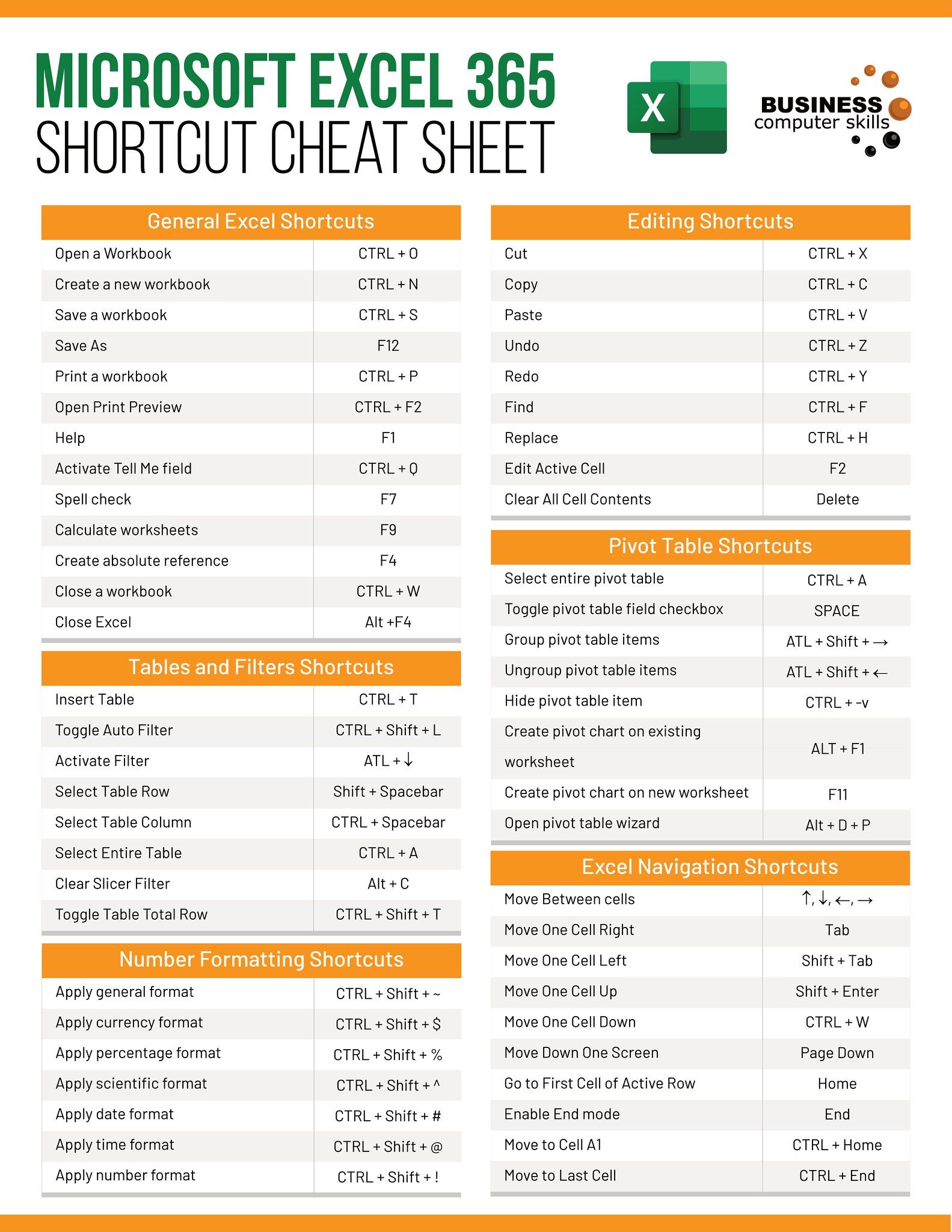Why Fill Out Employment Paperwork Twice? Simplify HR!

Imagine you're onboarding a new employee at your company, filled with excitement and anticipation for their first day. Yet, instead of a seamless introduction, both you and the new hire are bogged down by a cumbersome process involving not just one, but two sets of employment paperwork. Why does this happen, and more importantly, how can we simplify this repetitive and time-consuming task? Let's explore why HR might be sending new hires in circles and how implementing more streamlined processes can revolutionize the employee onboarding experience.
Understanding the Dual Employment Paperwork Issue

When an employee joins a company, they’re typically required to complete several forms:
- Personal Information
- Tax Forms (e.g., W-4 in the US)
- Benefits Enrollment
- Direct Deposit
- Company-specific Documentation
While some redundancy can be intentional for verification and legal purposes, the primary reasons for asking for this information twice often include:
1. Departmental Silos

Many organizations operate with different departments that might not communicate effectively. Each department could have its own set of requirements or systems, leading to duplicate requests for information.
2. Lack of Integrated Systems

Without a centralized HR system, paperwork from one department might not be accessible by another, thus requiring the employee to submit similar or identical information multiple times.
3. Verification Purposes

Sometimes, HR might ask for information twice to verify details, especially if there’s been a change in policy or a need for updated records.
Steps to Simplify HR Processes

The good news is that there are actionable steps HR can take to streamline the onboarding process and reduce unnecessary paperwork:
1. Unified HR Information System

A single, integrated HRIS (Human Resources Information System) allows for:
- Centralized data storage
- Real-time updates
- Access control across departments
👨💼 Note: Implementing an HRIS requires initial investment but can lead to significant long-term savings and efficiency gains.
2. Employee Self-Service Portals

By providing employees with an online portal where they can:
- Update personal information
- View and download necessary forms
- Complete mandatory training
Employees can manage their data independently, reducing HR’s administrative workload.
3. Automated Workflows and E-signatures

Leveraging technology to:
- Automate document routing and approval
- Implement e-signatures for quicker turnaround
4. Single Point of Data Entry

Encouraging a single point of data entry, where information entered by the employee or HR representative is:
- Validated instantly
- Propagated across all relevant systems
5. Regular Audits and Optimization

HR should:
- Conduct periodic audits of their onboarding process
- Look for areas of redundancy or inefficiency
Continuous improvement can help in identifying and removing unnecessary steps in the hiring process.
Benefits of a Streamlined Onboarding Process

By simplifying the employment paperwork, companies can experience several benefits:
1. Improved Employee Experience

A less cumbersome onboarding process leads to:
- Higher job satisfaction
- Lower turnover rates
2. Increased HR Efficiency

Streamlining HR processes allows HR personnel to:
- Focus on strategic initiatives
- Reduce administrative overhead
3. Compliance and Data Integrity
With integrated systems:
- Data is less likely to be duplicated or outdated
- Compliance with legal and company policies is more easily managed
4. Cost Savings
By reducing redundant processes, companies can:
- Save on paper, printing, and postage costs
- Reduce time spent on administrative tasks
As we've explored, the dual paperwork phenomenon in HR stems from a mix of outdated practices, departmental silos, and a lack of integrated systems. However, the future of HR is digital, automated, and user-centric. With the right technology and strategic planning, HR departments can not only reduce redundancy but also enhance the overall onboarding experience for new employees.
Why do companies still use paper forms for employment paperwork?
+Some companies may still rely on paper forms due to tradition, legal compliance for certain documentation, or because they have not yet fully transitioned to digital solutions. However, many are moving towards paperless options to increase efficiency and reduce costs.
Can streamlining HR processes save money?
+Absolutely. Simplifying HR processes reduces administrative costs, including paper, printing, and time spent on managing paperwork. It also cuts down on potential errors, which can lead to financial and legal repercussions if corrected incorrectly.
What should I look for in an HRIS for my company?
+When selecting an HRIS, consider features like:
- Scalability to grow with your business
- Integration capabilities with other systems (e.g., payroll, time tracking)
- Employee self-service options
- Compliance with local employment laws
- Security and data protection
- User-friendly interface



